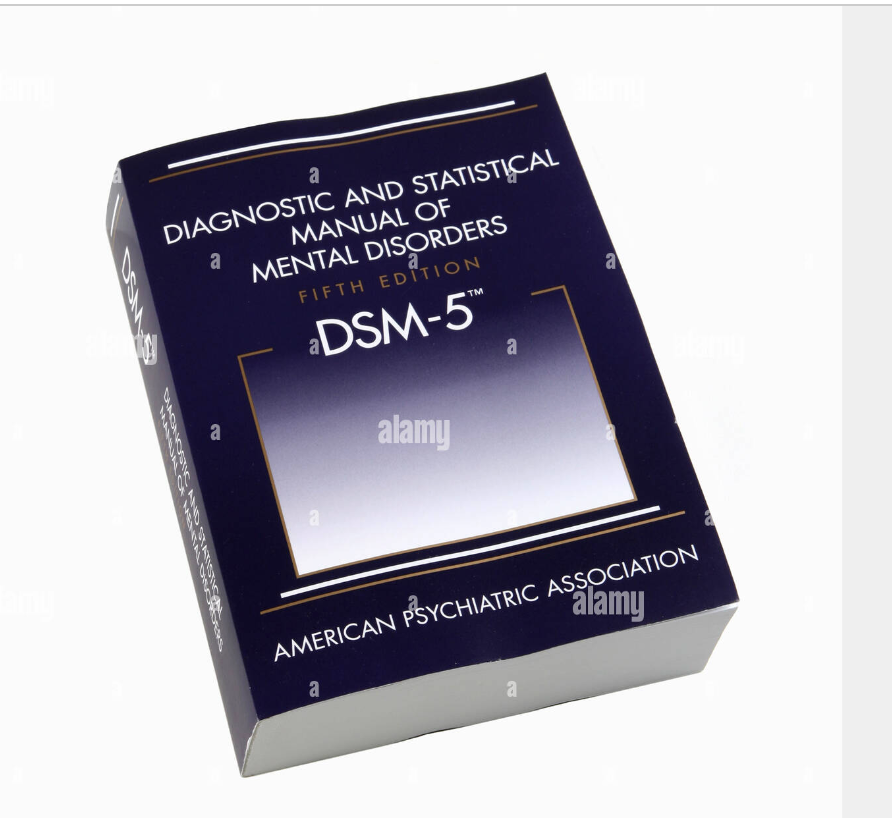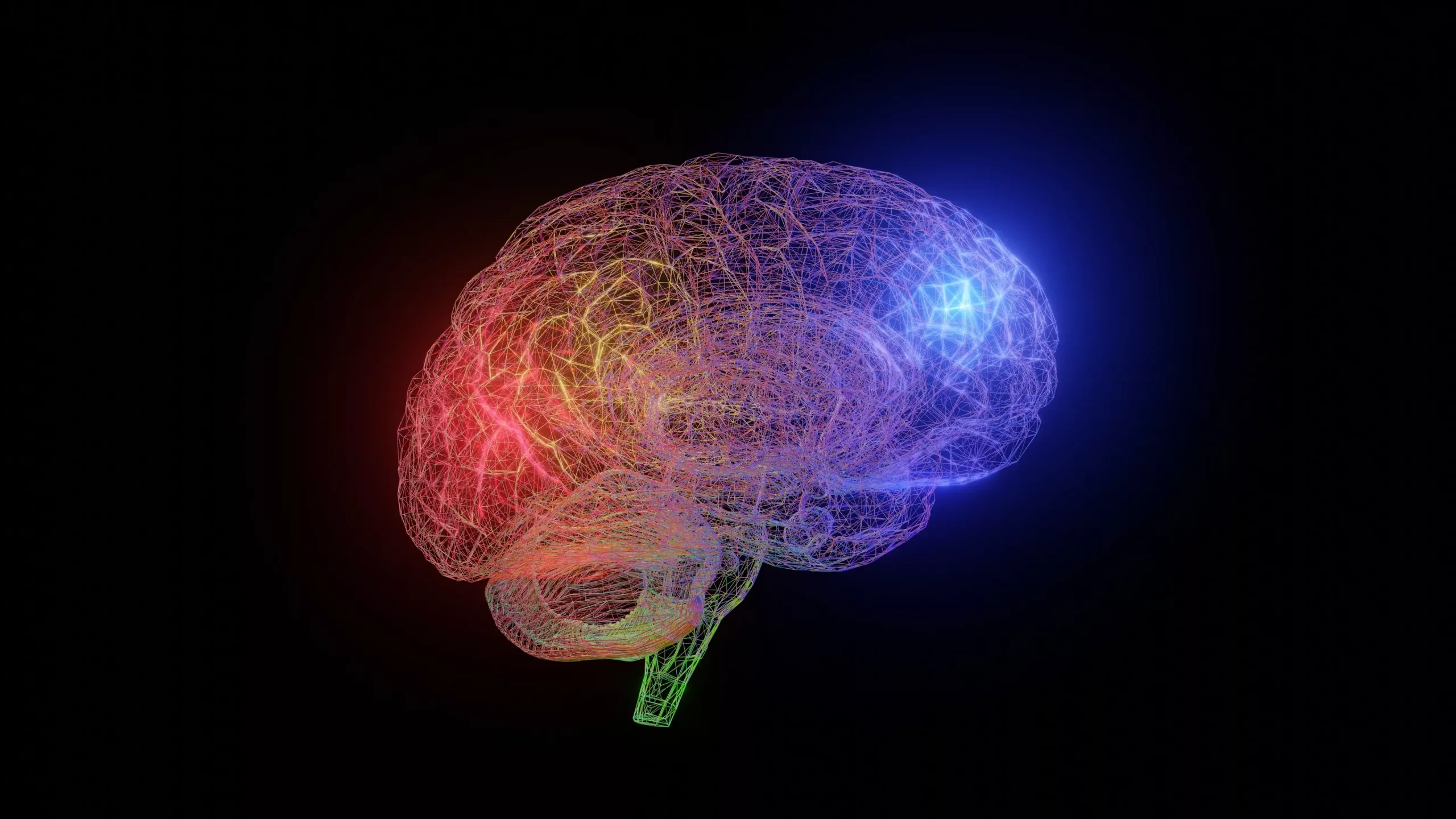It is known that psychedelics activate serotonin 2A receptors, which eventually leads to states like increased empathy and out-of-body experiences. One of the key questions remaining n psychedelic medicine is quantifying how this class of drugs operates at the higher-order brain level.
As reported in Psychiatric News, part of a wide-ranging talk on psychedelic neurobiology at this year’s Annual Meeting, Robin Carhart-Harris, Ph.D., the Ralph Metzner Distinguished Professor of Neurology and Psychiatry at the University of California, San Francisco (UCSF), postulated that psychedelics work by lowering a person’s confidence—but in a good way.
As Carhart-Harris, who is also the director of the Psychedelics Division at Neuroscape—UCSF’s new translational neuroscience center—explained, the brain creates a model of the world it inhabits based on prior experiences. This model is used to respond to stimuli, but at times the “priors” can conflict with the actual stimulus. Examples of this conflict are optical illusions that trick the brain into seeing motion that doesn’t exist.
Typically, the brain’s model of the world changes over time as new data keep pouring on. However, when some people are presented with new information that contradicts already held beliefs, the new information doesn’t penetrate. Carhart-Harris suggested this phenomenon, known as “canalization,” is a fundamental aspect of behavioral disorders. Canalization refers to the entrenchment of people’s models such that they resist new inputs. Indeed, most psychiatric illnesses have a component of cognitive or behavioral inflexibility: the self-defeating thoughts associated with depression, the cued fear responses associated with anxiety disorders, the repetitive behaviors of obsessive-compulsive disorders, to name a few. This may explain why psychedelic compounds have shown promise in the treatment of a wide range of disorders in preliminary studies—they can alter the brain’s precision weighting.
As Carhart-Harris said in the meeting, “Precision weighting is a measure of confidence assigned by the brain to these prior beliefs,” Carhart-Harris explained. The brain then builds its model world in a top-down manner, starting with the elements assigned with absolute certainty and moving on to elements with lower confidence. Psychedelics disrupt that confidence such that the brain is forced to rely more on current stimuli and less on built-in beliefs, forcing the brain to build a model from the bottom up rather than top down. Carhart-Harris said it is akin to having your eyes closed for a while and then opening them in a new place.
The idea that tripping is a critical element of the therapeutic process is one of the bedrocks of psychedelic medicine. Many human studies have validated this association, finding that participants who report more acute mystical experiences like a sense of being beyond time and space or feeling total tranquility tend to have better clinical responses, such as lowered depression or reduced drug cravings.





Leave A Comment